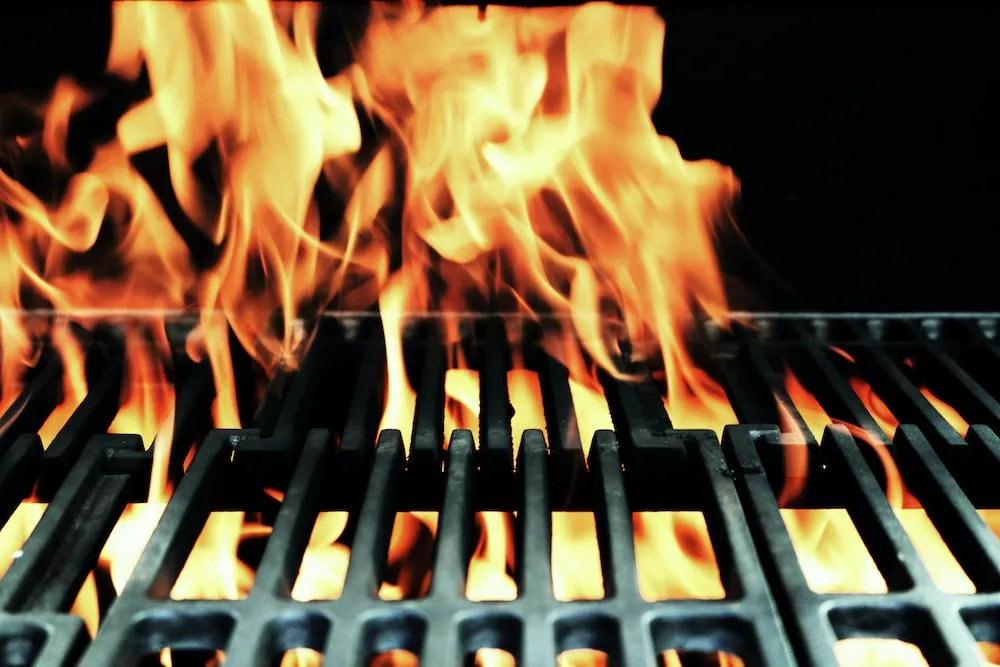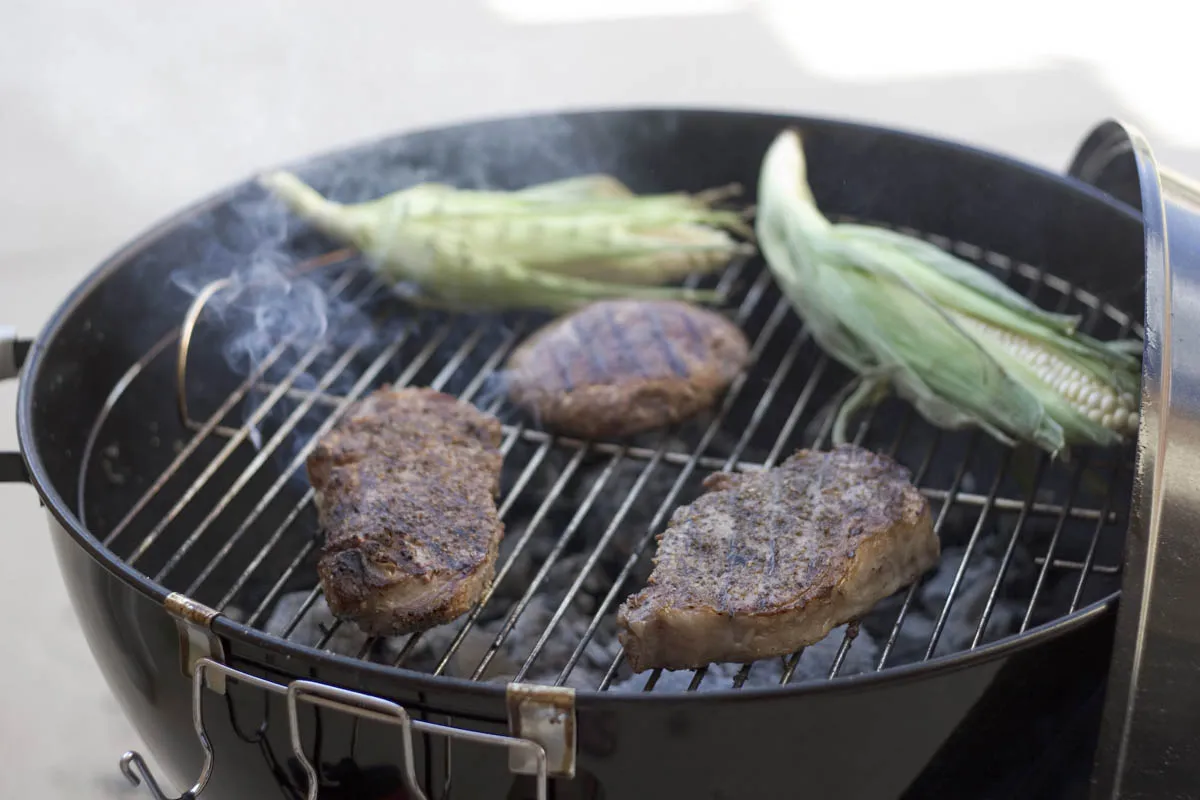Using charcoal in your grill can add an authentic smoky flavor to your favorite grilled foods. However, knowing how much charcoal to use can be a bit of a challenge. Using too little charcoal can result in undercooked food, while using too much can cause your food to burn.

Fortunately, there are several factors to consider when determining how much charcoal to use in your grill. The size of your grill, the type of food you’re cooking, and the cooking method you’re using are all important factors to keep in mind. By taking these factors into consideration, you can ensure that you’re using the right amount of charcoal to achieve perfectly cooked, delicious food every time.
Why the Amount of Charcoal Matters
The amount of charcoal you use in your grill can make a big difference in the outcome of your food. Here are a few reasons why the amount of charcoal matters:
Temperature Control
The amount of charcoal you use affects the temperature of your grill. Using too much charcoal can cause the temperature to be too high, while using too little can cause the temperature to be too low. This can affect the cooking time and the quality of your food. It is important to use the right amount of charcoal to achieve the desired temperature.
Cooking Time
Using the right amount of charcoal can also affect the cooking time. If you use too much charcoal, the food may cook too quickly on the outside and not be cooked enough on the inside. If you use too little charcoal, the food may take too long to cook. It is important to use the right amount of charcoal to ensure that your food is cooked evenly and to the desired level of doneness.
Heat Distribution
The amount of charcoal you use can also affect the distribution of heat in your grill. Using too much charcoal can cause hot spots in your grill, while using too little can cause cold spots. It is important to use the right amount of charcoal to ensure that the heat is distributed evenly throughout your grill.
Fuel Efficiency
Using the right amount of charcoal can also help you save money on fuel. Using too much charcoal can be wasteful and expensive, while using too little can result in having to add more charcoal during the cooking process. It is important to use the right amount of charcoal to achieve the desired cooking results while also being efficient with your fuel.
In conclusion, the amount of charcoal you use in your grill is an important factor that can affect the temperature, cooking time, heat distribution, and fuel efficiency. It is important to use the right amount of charcoal to achieve the desired results and to ensure that your food is cooked to perfection.
Calculating How Much Charcoal to Use
When it comes to grilling, using the right amount of charcoal is crucial to achieving the perfect flavor and texture of your food. Here are some factors to consider when calculating how much charcoal to use.
Measuring Charcoal
Measuring the amount of charcoal you need depends on the size of your grill and the cooking method you plan to use. As a general rule of thumb, you will need about 30 briquettes for a small grill and up to 100 briquettes for a larger grill.
If you are using lump charcoal, you will need about 2-3 pounds for a small grill and up to 6 pounds for a larger grill. You can also use the chimney starter method to measure the amount of charcoal you need. Simply fill the chimney with charcoal and light it up. Once the charcoal is ashed over, pour it into the grill.
Factors to Consider
Several factors can affect the amount of charcoal you need to use, including the cooking method, the type of meat, and the desired temperature. Here are some things to keep in mind:
- Direct Heat: If you are cooking with direct heat, you will need more charcoal than if you are cooking with indirect heat.
- Indirect Heat: If you are cooking with indirect heat, you will need less charcoal than if you are cooking with direct heat.
- Minion Method: The minion method involves placing a small amount of lit charcoal on top of a larger pile of unlit charcoal. This method is ideal for low and slow cooking and requires less charcoal.
- Snake Method: The snake method involves arranging the charcoal in a long snake-like shape around the edge of the grill. This method is ideal for smoking and requires less charcoal.
- Type of Meat: Different types of meat require different cooking times and temperatures. For example, chicken drumsticks require less charcoal than a brisket.
- Type of Charcoal: Different types of charcoal have different burn rates and heat levels. Hardwood charcoal burns hotter than briquettes and is ideal for searing meat.
- Air Vents: The more air vents you have open, the hotter your grill will get, and the more charcoal you will need.
- Ashed Over: Make sure the charcoal is ashed over before adding your food to the grill. This will ensure even cooking and prevent flare-ups.
- Hot and Fast: If you are cooking hot and fast, you will need more charcoal than if you are cooking low and slow.
- Additives: Charcoal with additives, such as sawdust, can affect the burn rate and require more charcoal.
- Reuse Charcoal: You can reuse charcoal from a previous cookout, but make sure to remove any ash and debris before using it again.
By considering these factors and experimenting with different ratios of charcoal to meat, you can find the perfect amount of charcoal to use for your grilling needs.










